In electronics, when we talk about "environmental conditions" we are not talking about the weather.
Environmental conditions means all of the conditions under which the part must operate that are external to itself. For example, ambient temperature, humidity, mechanical vibration, mechanical shock, liquid immersion, caustic chemical spray, or other factors.
While the weather might affect some conditions like temperature and humidity, if a system isn't specifically made for deployment outdoors, we're more likely to be concerned about conditions generated by our own design efforts, like the choice of whether to include a fan in the enclosure to cool the circuit.
In the case of advantages of BJTs over MOSFETs, they're likely referring to BJTs' typical higher tolerance for ESD events compared to MOSFETs, as mentioned in a recent On Semi application note TND6093/D.
